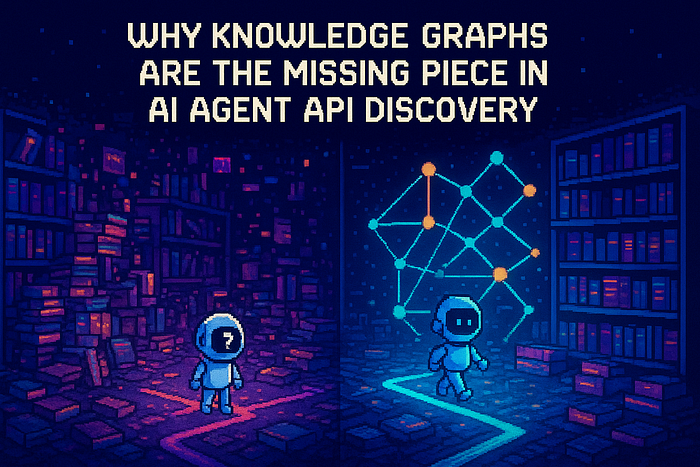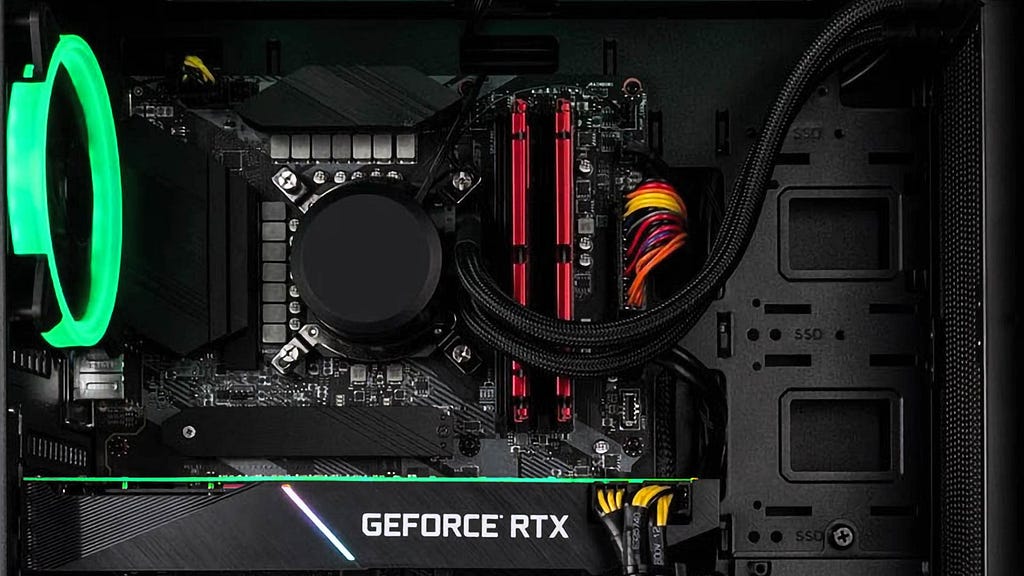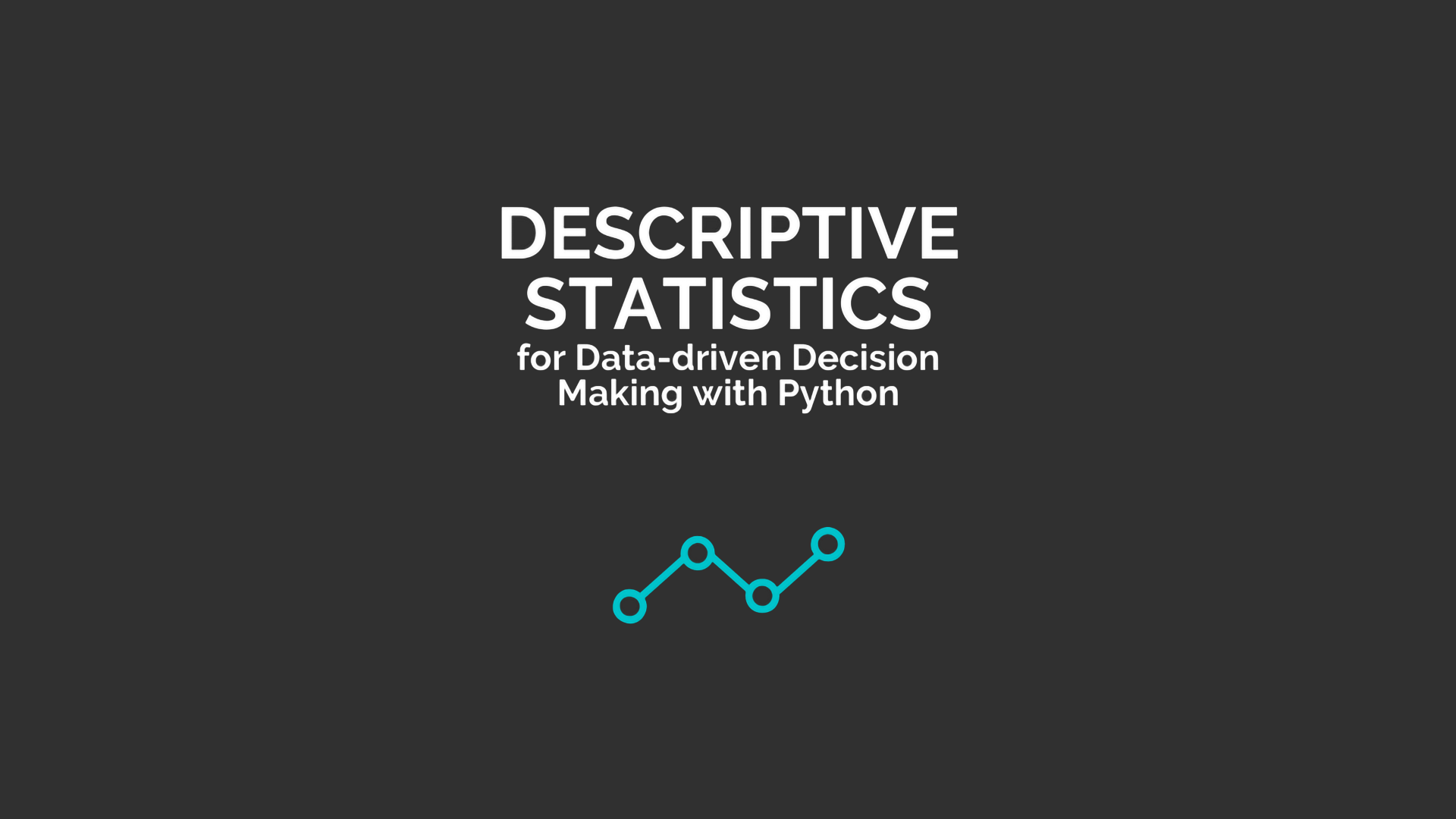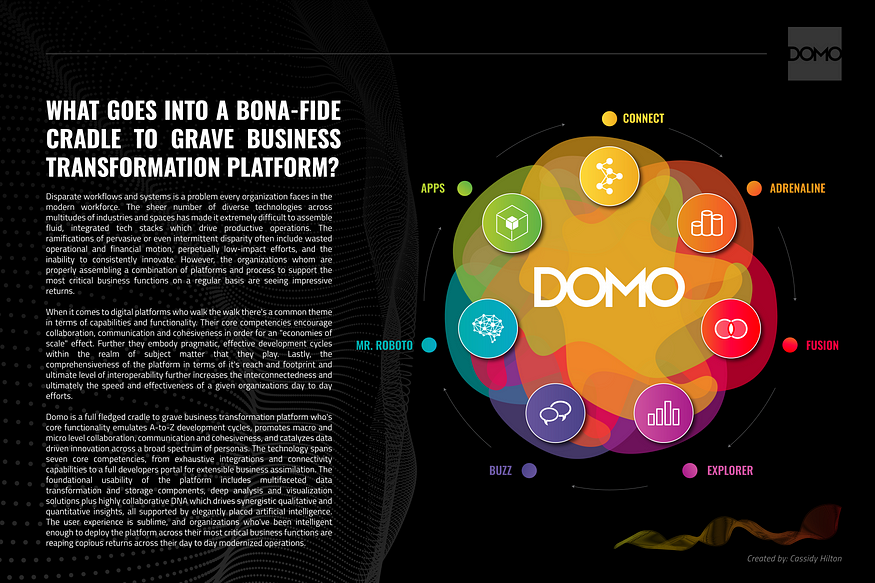DeepSeek-V3 Part 3: Auxiliary-Loss-Free Load Balancing
Author(s): Nehdiii
Originally published on Towards AI.
This is the third article in our DeepSeek-V3 series, where we explore another key architectural breakthrough in DeepSeek [1, 2, 3] models related to Mixture-of-Experts (MoE): Auxiliary-Loss-Free Load Balancing [5].
In this article, we will explore how DeepSeek addresses the hidden bottleneck of MoE — load balancing — while eliminating gradient interference and preserving causality, setting a new standard for efficiency in expert-based models.
If you’re interested in exploring more of the DeepSeek series — where we break down the architectural innovations and training strategies that drive DeepSeek’s success — check out these articles:
Part 1: Multi-head Latent AttentionPart 2: DeepSeekMoE
Table of contents for this article:
Background: Introduce the fundamentals of Mixture-of-Experts (MoE), explain the importance of load balancing, and review prior works, including auxiliary loss methods and Expert Choice.DeepSeek’s Auxiliary-loss-free Load Balancing: Explain the mechanism behind how it works.Evaluation: Discuss the performance of the auxiliary-loss-free load balancing technique.Summary.References.
MoE stands for Mixture-of-Experts, and in the context of Transformer models, this typically involves replacing the FFN in every few Transformer layers with multiple FFNs, each serving as an Expert. When an input token is processed, a Gating operation selects the top-K Experts and routes the token to the… Read the full blog for free on Medium.
Join thousands of data leaders on the AI newsletter. Join over 80,000 subscribers and keep up to date with the latest developments in AI. From research to projects and ideas. If you are building an AI startup, an AI-related product, or a service, we invite you to consider becoming a sponsor.
Published via Towards AI
Take our 90+ lesson From Beginner to Advanced LLM Developer Certification: From choosing a project to deploying a working product this is the most comprehensive and practical LLM course out there!
Towards AI has published Building LLMs for Production—our 470+ page guide to mastering LLMs with practical projects and expert insights!

Discover Your Dream AI Career at Towards AI Jobs
Towards AI has built a jobs board tailored specifically to Machine Learning and Data Science Jobs and Skills. Our software searches for live AI jobs each hour, labels and categorises them and makes them easily searchable. Explore over 40,000 live jobs today with Towards AI Jobs!
Note: Content contains the views of the contributing authors and not Towards AI.














